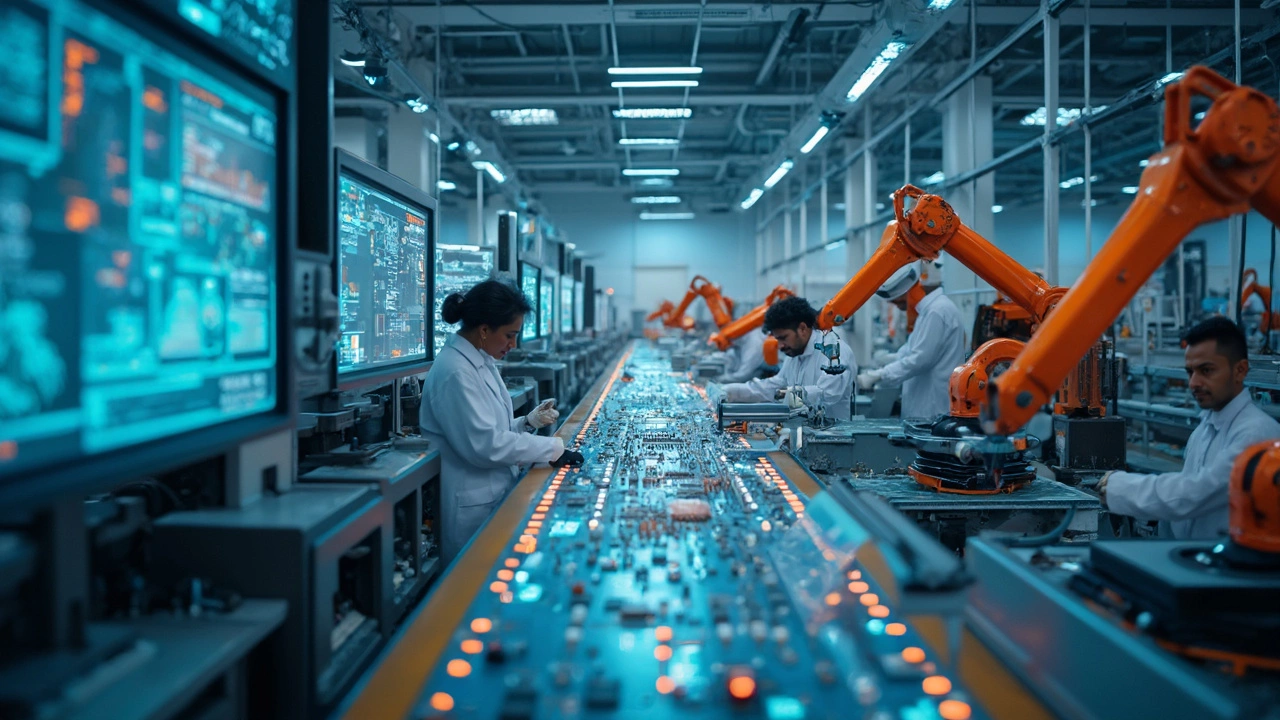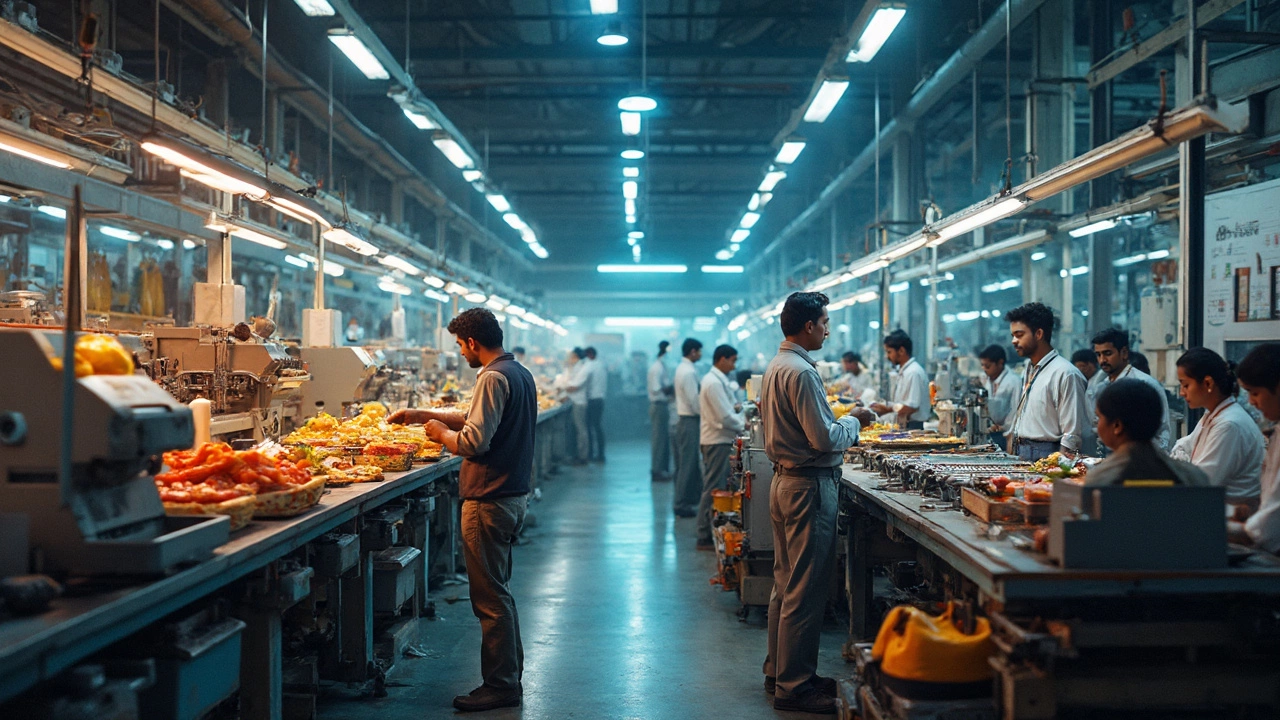Global Leaders in Manufacturing, Agriculture and Innovation
When talking about global leaders, the top‑performing countries, companies or individuals that set the benchmark worldwide in a given field. Also known as world leaders, they shape markets, drive technology and influence policy across sectors.
Why Tracking Global Leaders Matters
Understanding global leaders helps investors, policymakers and curious readers see where growth happens. Take the plastic industry, a key driver of modern packaging. The nations that dominate this space combine high recycling rates—often above 30 %—with aggressive R&D in polymer blends, creating products that are both cheap and recyclable. Those leaders also push circular‑economy standards, so the sector stays profitable while cutting waste. Similarly, the steel manufacturing arena is ruled by countries that have invested in electric‑arc furnace technology. By shaving roughly 15 % off energy use per tonne, these leaders lower carbon footprints and keep steel prices stable even when raw‑material costs fluctuate. Their supply chains are tightly integrated, meaning a single plant can meet automotive, construction and infrastructure demand without major bottlenecks. Beyond heavy industry, the pharmaceutical sector illustrates how global leaders boost health outcomes. Leading nations blend strong patent pipelines with massive generic output, delivering more than 1.2 billion vaccine doses each year. Their R&D spend averages 3 % of GDP, fueling breakthrough medicines while keeping drug prices affordable for emerging markets. In the fashion world, the textile industry showcases leaders who prioritize sustainable fibers. By adopting closed‑loop dyeing and organic cotton, these players cut water use by almost 40 % and reduce chemical discharge, making their fabrics attractive to eco‑conscious brands worldwide.
These four pillars—plastics, steel, pharma and textiles—intersect with many of the topics we cover below. For example, the surge in demand for recycled PET and rHDPE is tied to the plastic industry’s push for circularity, while the rise of electric‑arc steel plants fuels the automotive slowdown discussed in our piece on Indian car sales. The pharmaceutical leaders we mention influence the salary trends of high‑paying factory jobs in the UK, as the sector’s premium wages attract skilled operators and engineers. Sustainable agriculture also rides the wave of global leadership. Countries that excel in rice production, such as India and the United States, apply cutting‑edge grain‑storage techniques that reduce post‑harvest loss by up to 25 %. Those methods are echoed in our guides on rehydrating garden soil and no‑till gardening, where water efficiency and soil health become the primary metrics for success. Manufacturing’s impact on local economies is another thread that runs through our collection. When a region hosts a leading steel mill or a top‑tier textile park, job creation spikes, wages rise and ancillary services—logistics, training institutes, even local eateries—experience a boom. This ripple effect is captured in articles that explore how manufacturing improves societal welfare and why the richest textile companies dominate the global market. All these examples point to a simple truth: knowing who the global leaders are lets you anticipate market shifts, adopt best practices early, and make smarter decisions—whether you’re a farmer wanting to switch to no‑till, an investor eyeing the next plastic recycling boom, or a small‑business owner curious about high‑paying manufacturing roles. Below you’ll find deep dives into each of these sectors, practical tips for applying world‑class standards in your own projects, and analysis of the forces that keep these leaders ahead of the curve. Explore the range of insights, from plastic demand forecasts for 2025 to the richest textile firms, and discover how you can leverage global leadership trends for your own success.
Electronics Manufacturing: Which Country Really Leads?
Ever wondered which country sits at the top for electronics manufacturing? This article unpacks the leading electronics giants, how India is catching up fast, and why the global landscape is shifting. Get real-world facts about semiconductor factories, what keeps a country ahead, and some tips for anyone looking to get into this booming sector. Find out where innovation is actually happening—not just where you'd expect. Whether you're curious or actively involved, this will clear up the electronics leaderboard once and for all.
- manufacturing
- India
- food processing
- garden tips
- rice cultivation
- government schemes
- balcony garden
- urban gardening
- balcony gardening
- profitable business
- business ideas
- plastic manufacturing
- drip irrigation
- plant care
- steel manufacturing
- sustainable gardening
- startup ideas
- steel industry
- flower gardening
- textile manufacturers






